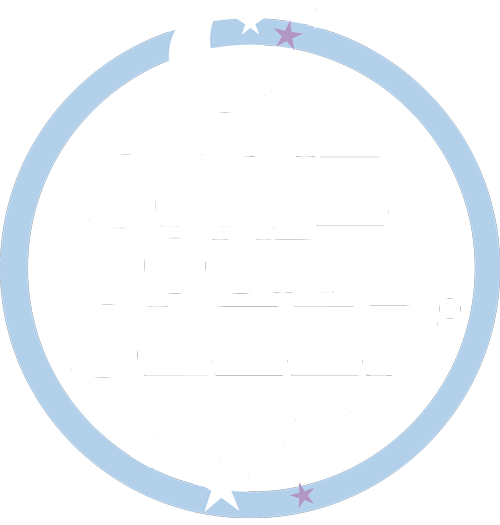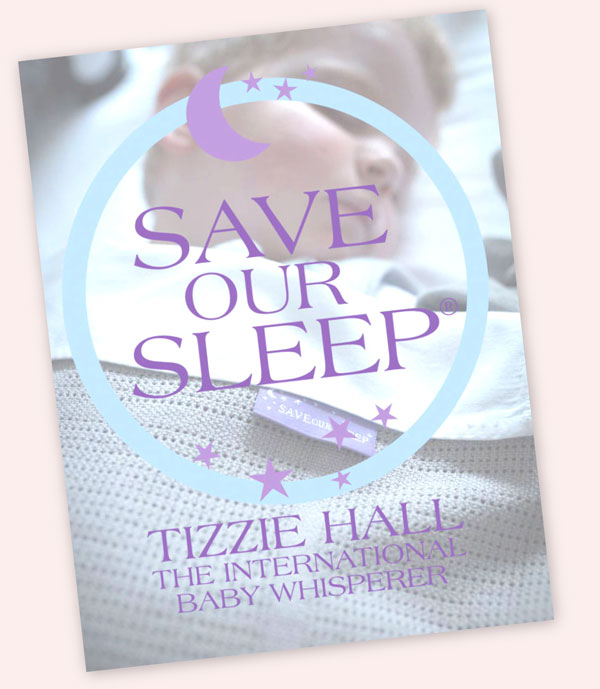Given it is Summer here in Australia and New Zealand (although with the crazy weather we have been experiencing you could be forgiven for forgetting that!) many families are spending lots of time at their local pool or beach or are taking summer holidays away and spending lots of time in and around the water. This prompted me to thinking about water safety and how I teach babies and toddlers to be safe around water. Below I have shared with you my advice about pool safety and copied in a clip of how this works in action with my son Darragh (please note in the clip that Darragh’s Nanny was standing very close by supervising him)
Boundaries around the Pool
Boundaries are a very important way of protecting your toddler from harm and one of the important boundaries I teach toddlers is how to respond to the word ‘safe’. Before I talk to you about pool safety you will need to know how to introduce the word safe to your toddler.
The reason for the word ‘safe’ is you cannot always be right beside you toddler every minute of the day and you also cannot always predict when you might suddenly come to a few steps on a path in the park you are walking along. So what you want to be able to do is say one word in a firm tone that your toddler recognises as you saying: ‘Stop, you need to turn around and go down backwards’, or ‘Stop, you are about to fall’. Start using the word ‘safe’ as soon as your toddler starts to become mobile. When your toddler comes to steps or tries to get off the sofa or your bed you need to use the word ‘safe’ and teach him that he needs to turn around and climb off backwards. As you say the word turn him around and guide him to go backwards: he will soon realise the importance of this word.
Times to use the word safe include when your toddler is:
- Getting off a bed or sofa.
- Going down steps or stairs
- Getting into a swimming pool.
Pool safety
It is a good idea to teach your toddler a few safety tips while around a swimming pool. I teach toddlers in my care that they always have to enter a swimming pool backwards. Again I use the word ‘safe’, which means they turn around and go in backwards. The only exception to this rule is a beach entry pool. I also teach toddlers they are to always go in at the steps and get out at the steps. Not only does this give your toddler skills to be safe around a pool but it gives you time to
get to him. If he decides to make a dash from the toddler pool to the lap pool he will not jump straight in — he will first look for the steps and then he will get down and turn around to lower himself in backwards. In this time you or another adult will have caught up with him. This not only gives your toddler skills but it also makes a trip to the swimming pool less stressful for you.
Running
An important rule to teach your toddler is they are not allowed to run at the swimming pool. If they run from A to B, rather than saying ‘stop running’ you are better to take him back to point A and make him walk. If a toddler runs from A to B and is stopped in the middle they will realise they can still get to their destination faster than if they had walked. However, if you make him come back to point A he will realise running does not get him to point B faster.
Pool fencing
While at home visiting friends or relatives or holidaying do not take it for granted that a pool fence is safe. In a new home have a professional check your new pool fence. While visiting or on holidays have a good look at the pool fence and check around it for dangers such as a pot plant a toddler may use to climb up and over the fence with. Or an outdoor table setting near it that your toddler might push
over to it and climb up on. Pool fences should always have a self-locking gate but do not take it for granted it has locked behind as older gates (including recently installed ones) can jam.
Never rely on a pool fence to protect your toddler always supervise outdoor play.
Most toddlers who drown are under four years old. Drowning happens very quickly and quietly. Toddlers can drown in only a few centimeters of water in a few seconds. Unfortunately, teaching your toddler to swim and pool safety will not prevent drowning. Stay with your toddler whenever he is nea r or in water, such as the bath, paddling pools, buckets, at the beach, creeks, rivers, swimming pools and dams.
Lifeguards are not there to watch over your child. It is your responsibility as a parent to be able to watch and get to your toddler if you need to.
TIP:
Always empty paddling pools after each use and turn them upside down in case it rains at night.
Swimming and spending time in and around a swimming pool can be so much fun for both you and your children and being prepared and having strict boundaries regarding water will help all the family to enjoy these times.
Watch the Video
Advice on Safety
Le gach dea-ghui, Tizzie





